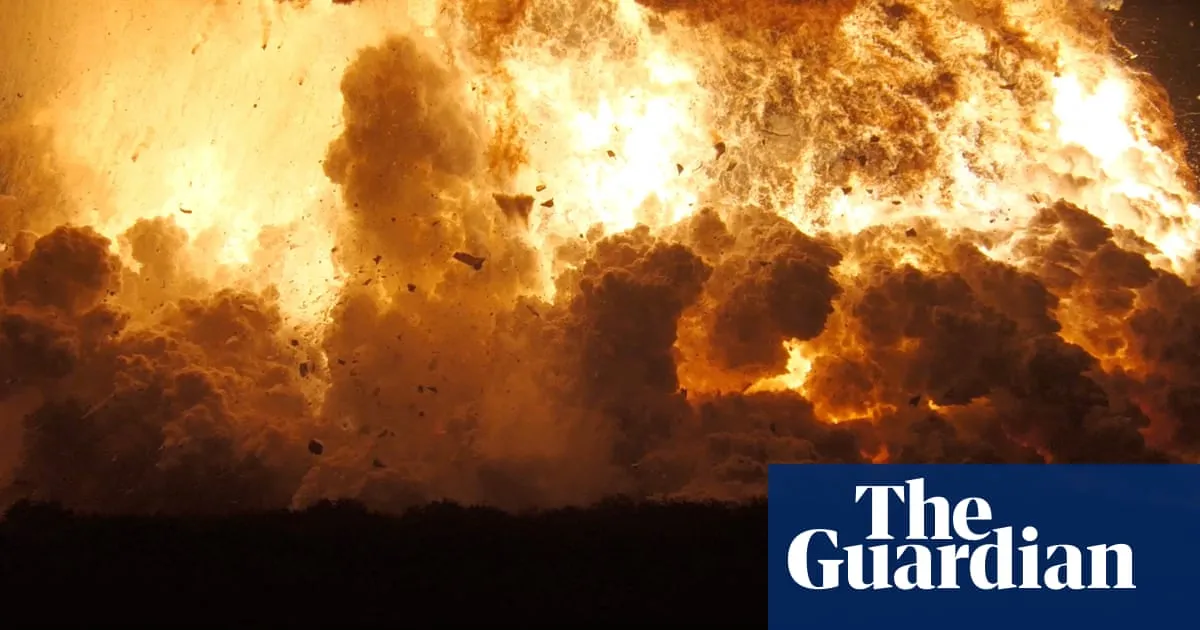
In a recent development that has sent ripples through the aerospace community, one of Elon Musk’s SpaceX Starships has exploded during a routine test at the Starbase launch facility in Texas. This incident marks another setback in Musk's ambitious vision of transforming humanity into an interplanetary species. According to reports from local authorities, the Starship 36 experienced a “catastrophic failure” and exploded shortly after 11 PM on Wednesday, which translates to 04:00 GMT on Thursday.
A Facebook post by Cameron County authorities included a video that captured the moment of the explosion. Viewers could see the megarocket attached to the launch arm before a sudden flash was followed by a towering, fiery explosion. SpaceX confirmed that the rocket was preparing for its tenth flight test when it “experienced a major anomaly while on a test stand at Starbase.” However, the company did not provide further details regarding the specific nature of the complication.
In light of the explosion, SpaceX reassured the public that a safety clearance area around the site was maintained throughout the operation. The company confirmed that all personnel are safe and accounted for, stating, “There are no hazards to residents in surrounding communities, and we ask that individuals do not attempt to approach the area while safing operations continue.” This highlights SpaceX's commitment to safety during testing operations.
The explosion occurred during a “routine static fire test,” which is a crucial part of the pre-launch procedures. During a static fire test, the Starship’s Super Heavy booster is anchored to the ground to prevent it from lifting off while the engines are fired. This procedure is vital for ensuring that all systems are functioning correctly before an actual launch takes place.
Starbase, located near the Texas-Mexico border, serves as the operational headquarters for Musk's space endeavors. At an impressive height of 123 meters (403 feet), the Starship is recognized as the world's largest and most powerful rocket, playing a central role in Musk's long-term goals of colonizing Mars. The Starship is designed as a fully reusable rocket capable of carrying payloads of up to 150 metric tonnes, making it a key player in the future of space travel.
This is not the first time a prototype Starship has faced failure. A previous prototype exploded over the Indian Ocean in late May after lifting off from the Starbase facility. The first-stage Super Heavy booster failed to execute its planned splashdown in the Gulf of Mexico, leading to destruction. Earlier attempts also ended poorly, with the upper stage disintegrating over the Caribbean. Despite these setbacks, it is unlikely that these failures will significantly deter Musk's space ambitions.
SpaceX has adopted a “fail fast, learn fast” ethos, which has been instrumental in its dominance in commercial spaceflight. This approach aims to quickly identify and rectify issues, allowing for rapid innovation and improvement. The company has successfully caught the Super Heavy booster in the launch tower’s giant robotic arms three times—an engineering feat that is crucial for the rapid reusability of rockets and significantly reducing operational costs.
SpaceX's advancements have led to an increased reliance from NASA, with the Dragon spacecraft being utilized to transport astronauts to and from the International Space Station. Additionally, in a decision made in early May, the Federal Aviation Administration (FAA) approved an increase in annual Starship rocket launches from five to 25. This decision came despite objections from conservation groups concerned about the potential environmental impact on local wildlife, specifically sea turtles and shorebirds.
As SpaceX continues to push the boundaries of aerospace technology and exploration, the latest incident serves as a reminder of the inherent risks involved in pioneering new frontiers. The company remains committed to its mission of making interplanetary travel a reality.